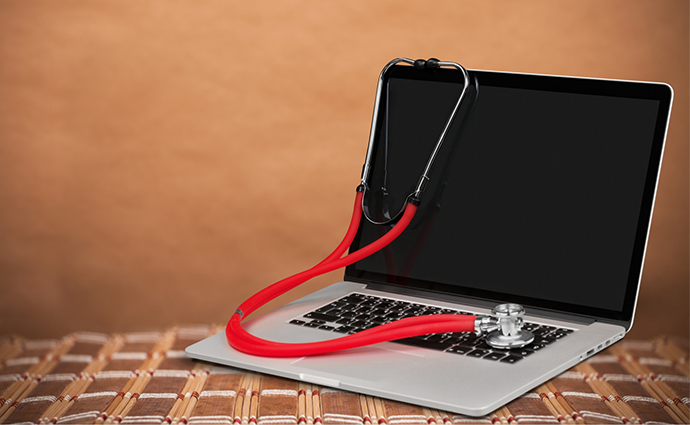Sociodemographic Factors Impacted Success of Telehealth Video Visits
Patients over 65 and Black patients were more likely to have an unsuccessful telehealth video visit compared to their younger White counterparts due to a slew of sociodemographic factors.

Source: Getty Images
- Patient sociodemographic factors largely influenced whether a telehealth video visit was successful or not, with racial minority status and older age being associated with unsuccessful visits, a JAMA Network Open study found.
The spike in telehealth adoption increased access to healthcare services during the COVID-19 pandemic when in-person interaction was discouraged. But the telehealth boom may have enhanced care disparities for some populations as well.
Individuals must have access to a smartphone or a computer and a stable internet connection to use telehealth. Although these resources may be common among some Americans, not everyone has equal access. Low socioeconomic status or living in rural areas may widen health disparities when it comes to using telehealth.
Researchers from the Medical College of Wisconsin conducted a quality improvement study of telehealth video visits to discover how many visits were completed successfully and if the odds of success were influenced by patient and clinician factors.
The final analysis included 137,846 video visits for primary and specialty care from 75,947 patients between March 1 and December 31, 2020.
The majority of the patients were White (81 percent), 14 percent were African American or Black, 2 percent were Asian, and less than 1 percent were Alaska Native or American Indian. Nearly a quarter of the patients (23 percent) were 65 years or older.
The health system used two different platforms for telehealth video visits, the study noted. One platform was accessible through the EHR and patient portal, and the other was through a web-based video conferencing platform that patients accessed through a link sent by text.
The researchers considered a video visit successful if the appointment was completed. The visits were declared unsuccessful if the video was interrupted or could not be completed and the patient had to finish the appointment with the clinician via telephone.
The majority (90 percent) of the video visits were successful, but 14,373 visits (10 percent) had to move to a telephone service.
Patients with annual incomes between $75,000 and $231,000 and patients who used a tablet or a laptop to access their telehealth visit were more likely to see successful visits, the researchers found. Meanwhile, Black patients and patients who were between 66 and 80 years old were more likely to have visits that were transferred to a telephone service.
Low-income and minority populations often face broadband and technology obstacles, indicating the need for more inclusive internet access for underserved communities.
Older individuals tend to have a greater need for telehealth, as they may not be able to easily leave their homes due to transportation barriers or physical conditions. But patients over 65 are less likely to use the internet regularly, contributing to limited digital health literacy, which can make it difficult to access virtual care.
While it was not the leading factor of failed video visits, clinicians who had low comfort levels with technology were also associated with unsuccessful telehealth video visits. Some clinicians struggled with new workflows while others were working remotely during the study period and did not have stable internet connection, the study noted.
Sociodemographic factors, including technology literacy and educational attainment, can largely influence telehealth video visit success, and policymakers should keep this in mind when establishing future telehealth requirements, researchers said.
In addition to offering technical training, education, and expanding low-cost internet access to underserved populations to facilitate video visits, policymakers should also recognize the importance of audio-only telehealth visits.
While video visits allow for better patient-provider communication and more accurate diagnoses and treatment in some cases, audio-only visits may be the easiest and most convenient option for certain communities.
“Owing to connectivity problems, video visits are not always viable, especially for specific populations, such as those with limited digital access and literacy; this issue may worsen health inequity,” researchers wrote. “A future focus for policymakers should consider inclusion of telephonic services as a form of reimbursable telemedicine.”
The study results suggest that policymakers should prioritize patient needs and create telehealth guidelines that promote health equity for all individuals.
